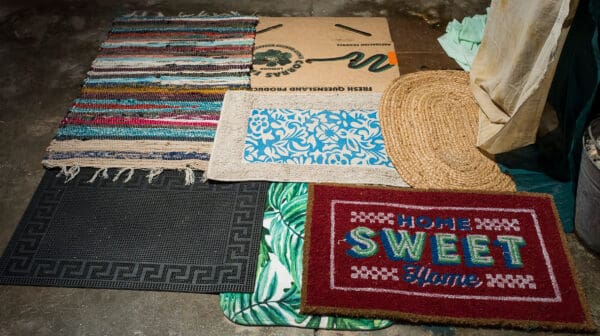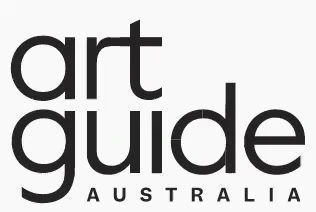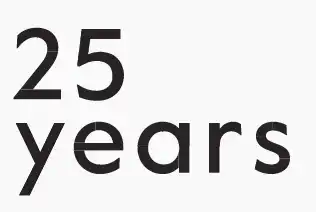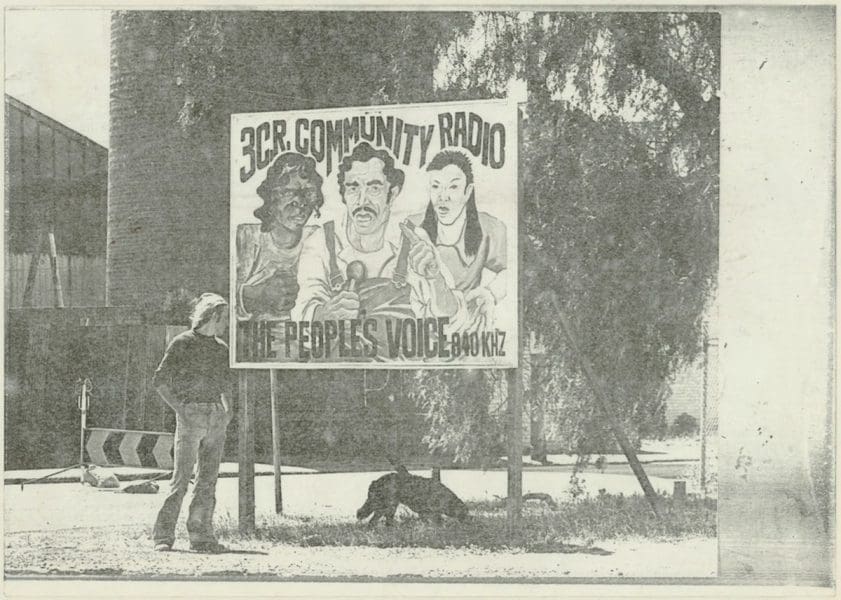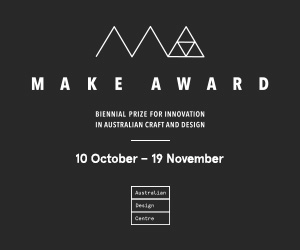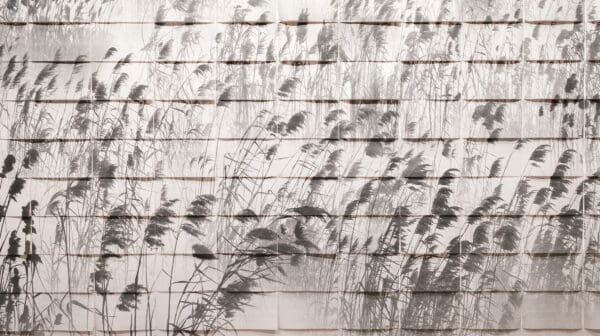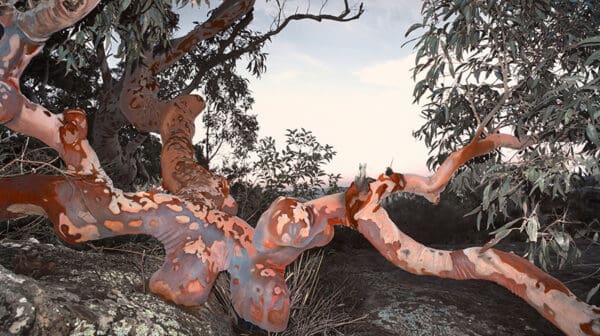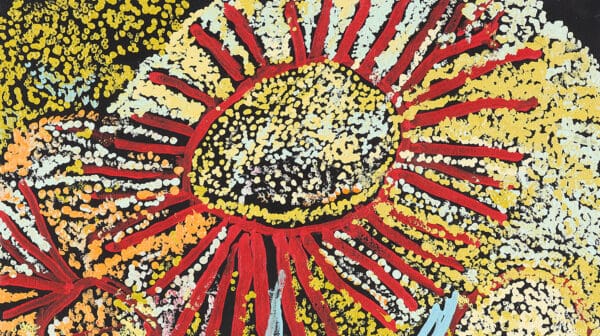“It would have been cheaper for them to buy a transistor [radio] and tune in, because more gets said on air than off air at 3CR,” Jan McArthur said in a live, on-air broadcast in 1997.
McArthur, then station manager for Collingwood-based community radio station 3CR, was discussing the fact that Victorian Police Special Branch operatives had infiltrated the station, and even presented radio shows, as part of a four-year surveillance targeting civil and political campaigning in Victoria.
Was, or is, 3CR a hot bed of militant activists or terrorist sympathisers?
Was it any kind of threat to national or state security? What should be the role of a self-declared alternative to mainstream broadcasters, one determined to give voice to dissenting political positions? These questions got an airing (no pun intended) as part of the exhibition If People Powered Radio: 40 years of 3CR at Gertrude Contemporary, another long-running community organisation located near 3CR’s Smith Street headquarters.
Curated by Helen Hughes and Spiros Panigirakis with the full support of the station itself, the exhibition blurred the lines between museum-style exhibits and newly created artworks. McArthur’s words, for example, were available on an MP3 player at a desk in Gertrude’s front gallery, one of hundreds of short audio recordings made available from the radio station’s past. (Nearby, a rack of vintage reel-to-reel tape recorders and a filing cabinet covered in political stickers recreated something of the community radio ambience.)
The anonymous iPods on the front gallery desk could be contrasted with an artwork by Lucreccia Quintanilla in the adjacent main gallery. Quintanilla took another example of state surveillance at the community radio station – the 10-volume file that ASIO began even before 3CR opened in 1976 – and adapted selections from it into a dramatised reading that highlighted moments of political and structural change at the station. Titled Disseminating Dissent (secret – non gratis), Quintanilla’s artistic intervention was to make this audio dramatisation play behind a fibreboard wall. Listeners had to place their ear up to an array of glasses cupped to the wall, embodying the act of covertly listening in.
Metaphorically this worked brilliantly, strongly evoking the station’s antagonistic relationship with the official powers besieging it. Practically, however, the work was not quite as successful, in that the audio was hopelessly muffled. This made it impossible to follow the critical, and fascinating, narrative that otherwise lay tantalisingly close – but similarly impossible to decode by any but the most patient of readers – in the hard-copy facsimiles of the ASIO files provided on a nearby shelf.
Physically, Quintanilla’s wall of glasses formed the end of a full-sized timber-frame replica of 3CR’s meeting room, which occupied most of Gertrude Contemporary’s main gallery. Built by co-curator Spiros Panigirakis, the meeting room was practical as well as symbolic – recreating the democratic space at the heart of the radio station, it provided a structural support for artworks by Quintanilla and others.
On the room’s exterior wall, Brighid Fitzgerald’s fabric banner pasted with seeds collected from the 3CR neighbourhood spelled the words “air waves” in an evocation of the station’s slogan, “sowing the seeds of dissent”.
Panigirakis’s meeting room also hosted a number of live public events and broadcasts – over 3CR, naturally – throughout the course of the exhibition. Leaning against the meeting room walls, Trent Walter’s large silkscreen frames were not only used in a poster-printing workshop, they also made a subtle yet powerful gesture that, in classically Marxist terms, the workers (or community radio volunteers) should control the means of production. Walter’s silkscreen frames also resonated with the mass of archival posters hung throughout the exhibition spaces; these included two new poster commissions by Reko Rennie and Emily Floyd.
There isn’t space here to properly address all the works in If People Powered Radio, and I haven’t accounted for important contributions from Megan Cope, Charlotte Clemens, Arika Waulu and Andrew McQualter. (It would be remiss, however, not to at least note that Cope’s and Waulu’s works recognised 3CR’s long-standing support for Indigenous communities and activist concerns; echoing this, another ‘non-artistic’ audio station in the front room told the story of Fitzroy’s gentrification – of which Gertrude Contemporary is certainly a part – from various Aboriginal perspectives.)
It remains, in conclusion, to contextualise the exhibition as art. The presentation of If People Powered Radio shifted between visual rhetorics borrowed from ‘amateur’ (or, more generously, stakeholder-run) museum display techniques and from the DIY community-based volunteerism of its radio-station source. These contributions blended with ‘fine art’ contributions that aesthetically mimicked these same rough-and-ready DIY primary sources.
What was the relationship here to the usual concerns of a centre for contemporary visual art? The answer is bound up in much wider trends – of which I am generally in full support – towards socially engaged, collaborative, propositionally based art projects (rather than objects). This legacy predates Nicolas Bourriaud’s widely noted “relational aesthetics” (even if that’s part of it) and goes back at least as far as Joseph Beuys’ “social sculpture”. It’s there that an aesthetically raw mixture of museum display and artistic interventions – one that tells the story of a low-budget 40-year-old radio station – can emerge as a significant example of contemporary art making in 2016.
If People Powered Radio: 40 Years of 3CR was at Gertrude Contemporary, Melbourne, from 18 March – 23 April
